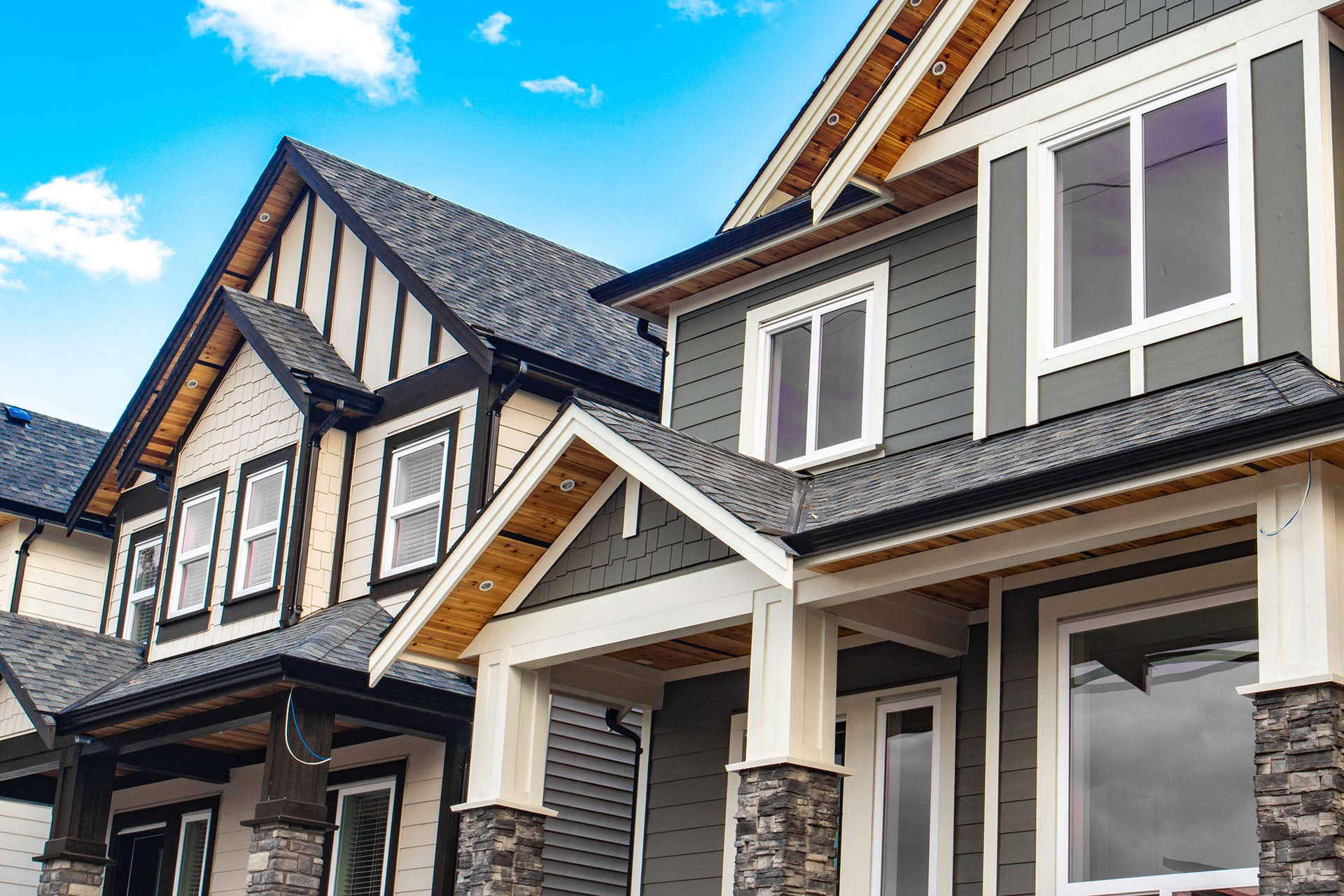Seasonal Roof Maintenance Checklist for Commercial Properties
Keeping your commercial property's roof in top condition is essential to protecting your investment and avoiding unexpected repair costs. Without regular upkeep, small roofing issues can escalate into significant problems, leading to business disruptions and costly repairs. That's why following a comprehensive seasonal roof maintenance checklist is vital. This guide outlines essential tasks for each season, ensuring your commercial roof remains in optimal condition year-round.
Spring Roof Maintenance
Spring is the perfect time to assess any damage from winter weather and prepare your roof for the warmer months. Here are key steps for spring roof maintenance:
- Inspect for Winter Damage: Examine the roof for any signs of damage caused by snow, ice, or heavy winds. Look for missing or damaged shingles, cracks in the roofing material, or any visible wear and tear.
- Clean Gutters and Downspouts: Remove any debris, such as leaves or twigs, from gutters and downspouts to ensure proper water flow. Clogged gutters can lead to water buildup, damaging the roof and exterior walls.
- Check for Leaks: Conduct a thorough interior and exterior inspection for water stains, mold, or damp spots that may indicate leaks. Addressing leaks early prevents water damage and costly repairs.
- Ensure Proper Drainage: Inspect the roof's drainage system to ensure water can flow freely. Make any necessary adjustments to the slope or add drainage outlets if you notice pooling water.
Summer Roof Care Tips
Summer heat can take a toll on your roof, causing expansion and contraction that may lead to damage over time. Here are summer roof care tips to help maintain your commercial roof:
- Examine Roof Membranes: Inspect the roof membrane for signs of blistering, cracks, or separation. Address any damage promptly to prevent leaks.
- Trim Overhanging Branches: Cut back any tree branches that hang over the roof to prevent leaves and debris from accumulating, which could cause moisture retention and damage.
- Check for Mold and Algae: Hot, humid weather can encourage mold and algae growth on your roof. Clean any areas with growth using a safe, non-abrasive solution to maintain the roof's integrity.
- Inspect Roof Fixtures: Check HVAC units, vents, and other roof fixtures for wear and tear. Ensure they are securely fastened and not causing damage to the roofing material.
Fall Roof Inspection
Fall is a critical time for commercial roof upkeep, preparing the roof for the coming winter months. A fall roof inspection should include the following steps:
- Clear Debris from Roof Surface: Remove fallen leaves, branches, and other debris from the roof surface to prevent moisture buildup and potential damage.
- Inspect Flashing and Sealants: Check the flashing around chimneys, vents, and skylights for signs of rust or deterioration. Re-seal any areas where the sealant is cracked or missing.
- Check Insulation: Inspect the roof's insulation to ensure it's adequate for the winter months. Proper insulation helps prevent ice dams and reduces energy costs.
- Reinforce Vulnerable Areas: Identify any weak spots or areas that may be prone to damage from snow or ice and reinforce them as needed.
Winter Roof Maintenance
Winter poses unique challenges for commercial roofs, from heavy snow loads to freezing temperatures. Here's how to perform winter roof maintenance effectively:
- Remove Snow Buildup: Safely remove snow from the roof to prevent excessive weight that could cause structural damage. Use a roof rake or hire professionals to handle snow removal.
- Check for Ice Dams: Inspect the roof edges for ice dams, which can cause water to back up under the shingles and leak into the building. Address ice dams promptly by clearing snow and ensuring proper attic ventilation.
- Monitor for Leaks and Moisture: Regularly check for signs of leaks or moisture accumulation inside the building, particularly after heavy snowfall or ice storms.
- Examine Roof Support Structures: Inspect beams and other support structures for signs of stress or damage from the added weight of snow and ice.
FAQs About Commercial Roof Maintenance
Why is seasonal roof maintenance important for businesses?
Seasonal roof maintenance helps identify and address minor issues before they become major problems, extending the roof's lifespan and preventing costly repairs.
How often should I perform a commercial roof inspection?
It is recommended to inspect your commercial roof at least twice a year, in the spring and fall, and after severe weather events.
What are common signs of roof damage to look for during inspections?
Look for missing or damaged shingles, cracks in roofing material, mold growth, leaks, and any signs of wear and tear around roof fixtures.
Can I handle roof maintenance myself, or should I hire a professional?
While some tasks, like cleaning gutters, can be done yourself, hiring a professional for thorough inspections and repairs is often best. A professional will have the experience to spot hidden damage and provide comprehensive solutions.
Protect Your Business with Preventative Roof Maintenance
By following this commercial roof maintenance checklist and performing seasonal roofing tasks, business owners can extend the lifespan of their roofs, prevent significant issues, and maintain a safe environment for employees and customers. For more tips on roof maintenance for businesses or to schedule a professional inspection, contact Alta-Cal Roofing today.

